The role of the ModaLisboa Association in the Portuguese Fashion System - Part I
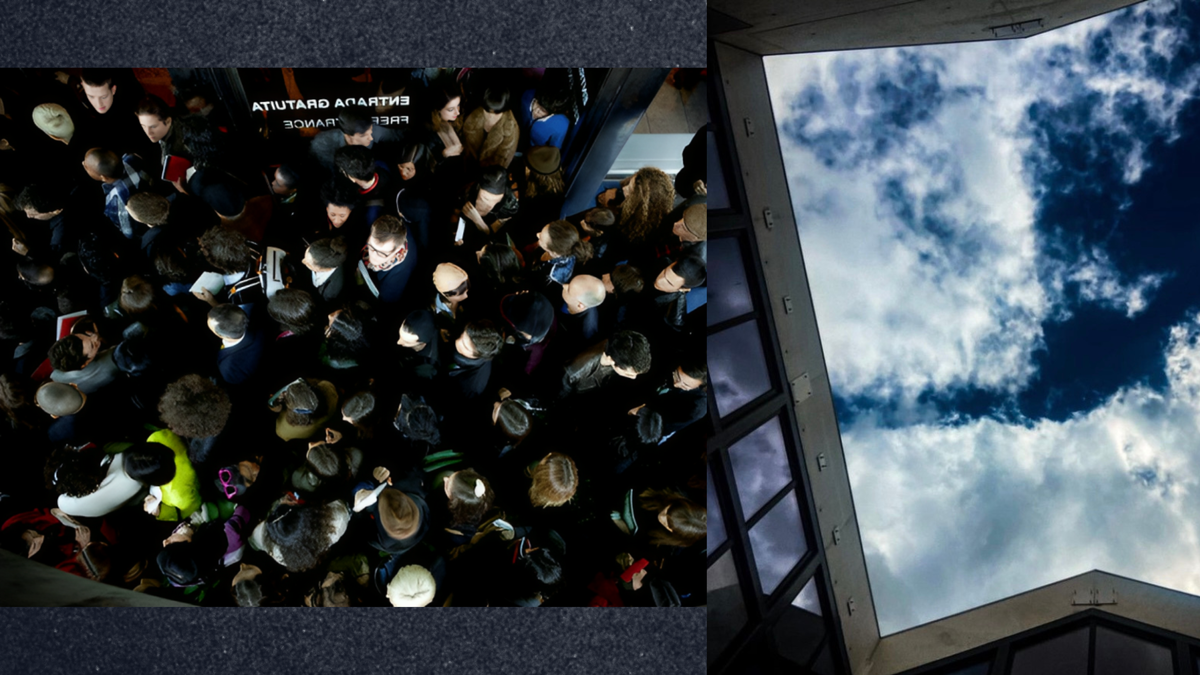
In early pre-adolescence, the acceptance of individuality with a physical disability, and in a standardized and biased society, the atmosphere of ModaLisboa every six months, allowed not only the acceptance of difference but also its celebration. It also made it possible to increase a safe haven outside the family nucleus, allowing new neurological relationships that opened the door to new paradigms of independence and personal fulfillment experienced by the researcher herself as a person with cerebral palsy.
When approaching any topic, it is important to characterize it first. As a starting point, we use the words of Raquel Matos Résio (2020, p. ii):
“ModaLisboa Association was founded in 1993 with the aim of organizing the first independent fashion week in Europe. Lisboa Fashion Week is the main project of ModaLisboa Association and has become the most recognized fashion event in Portugal. It presents collections by national designers seasonally, in March and October, with the mission of promoting the best of Portuguese fashion to the world.”
Although the most correct term would be fashion designers instead of “style makers”, since Fashion as a discipline encompasses the principles of finding solutions to hypothetical problems – the genesis of design, the author (Matos Résio, 2020, p.16) gives us more relevant information, continuing:
“ModaLisboa is an event aimed at a professional audience made up of the press, buyers, the textile industry, as well as guests of designers and representatives from artistic, cultural, business and institutional sectors. Each edition has around 25,500 visitors, 1,000,000 viewers on TV and online, as well as more than 450 journalists.”
Not forgetting to mention the other ModaLisboa projects in addition to Lisbon Fashion Week: ModaLisboa Sustentável, Sangue Novo (New Blood), Check Point, Fast Talks, Wonder Room, Workstation and United Fashion.
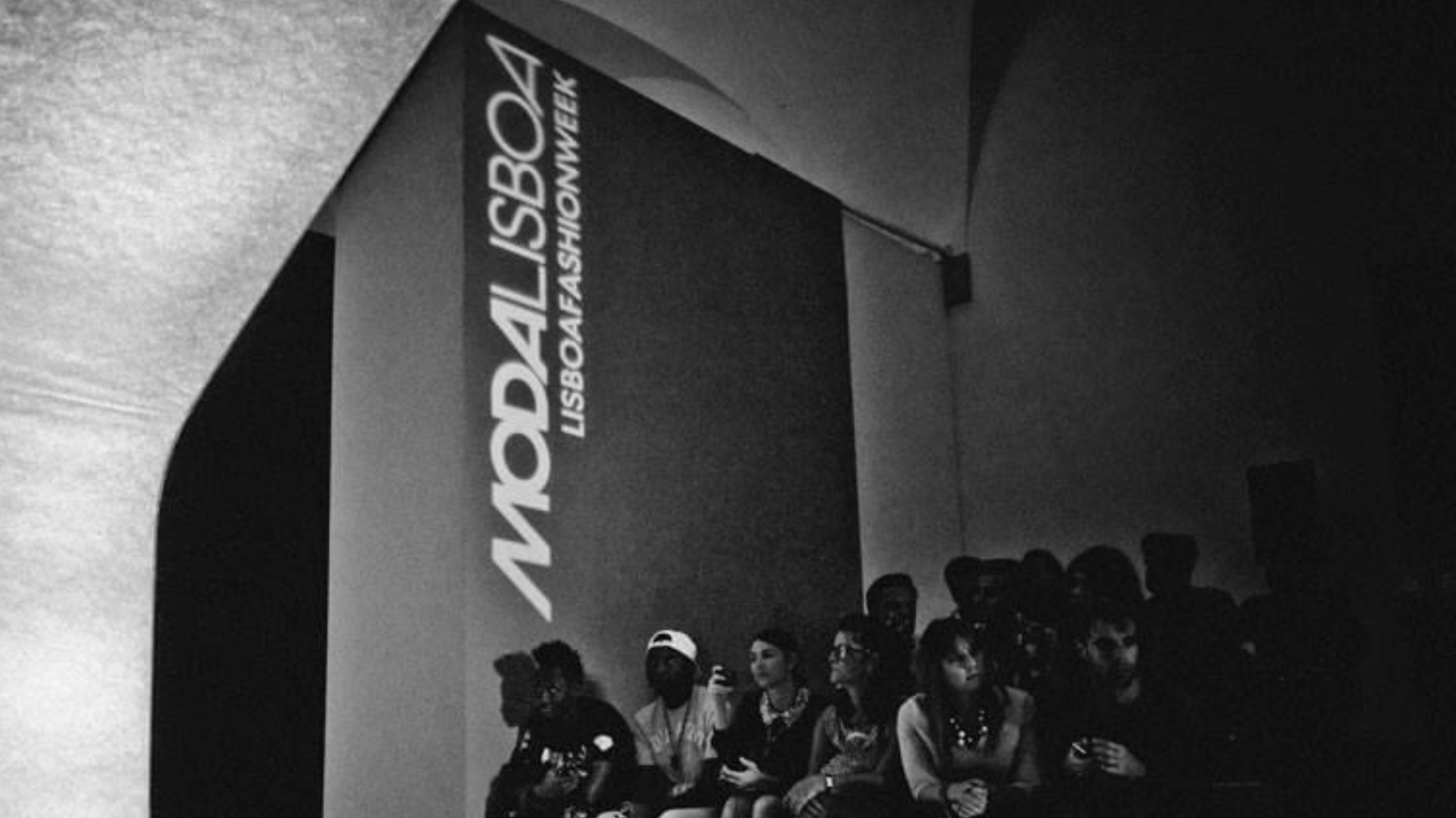
In the aforementioned master's dissertation, it is stated that the ModaLisboa Association was founded in 1993, however it is imperative to address three dates of vital importance to outline the path of the object of study – 1991, 2007 and 2010.
The first is the date of birth with which the Lisbon Fashion Week event is registered for posterity – not forgetting the pilot edition in the Jardins do Tabaco, ModaLisboa 0, which had not yet been registered as a single phoneme in a word without spaces between these two realities.
Although this separation was later forced and took the event to Cascais, this explanation will be left for later.
But, up until this date, in 2007, ModaLisboa has made several advances, in these first fifteen years several locations in the city were used. Not only did it bring Fashion in another dimension and scale to Portuguese lands, it also brought to Lisbon the ephemeral architecture associated with ModaLisboa, in a city closed to its inhabitants, as mentioned by Eduarda Abbondanza in several interviews.
These places were among others: Armazém Terlis; Cordoaria Nacional; among many others. The most emblematic place is the Mercado da Ribeira (ModaLisboa in The Market), occupied by the ModaLisboa family after their return from Cascais in October 2010. This is one of the landmarks that its president is most proud of, managing to combine fashion and the “smell of fish”, and celebrating this feat with an all-white fashion show room.
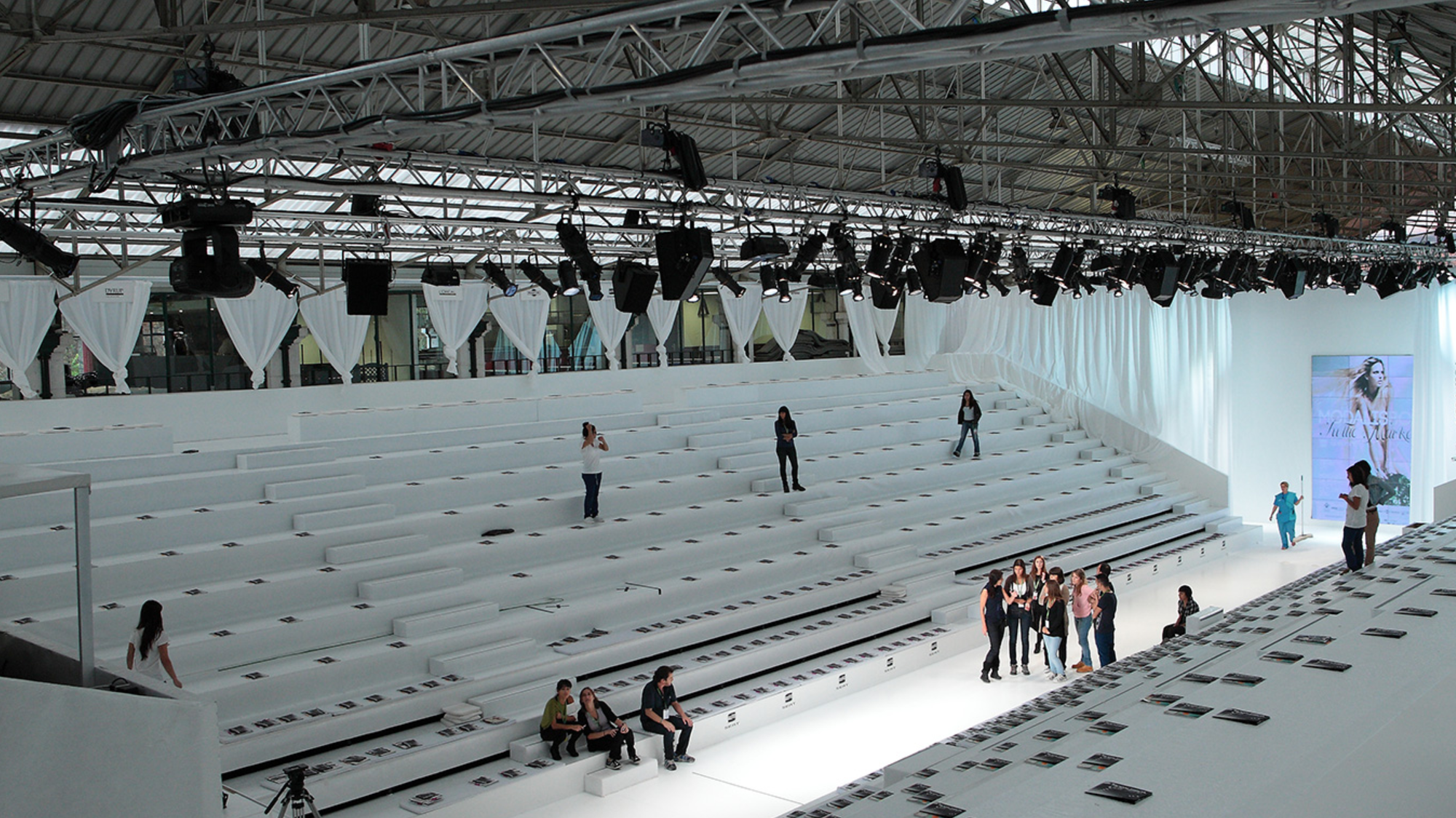
Finally, let’s clarify the issue regarding Cascais, due to the lack of support from the Lisbon City Council, in 2007, ModaLisboa, now as an Association and registered brand, moved to the Cascais Citadel, acquiring the name ModaLisboa | Estoril.
However, the question of how to reposition a Lisbon institution outside its city remained vivid. The answer to this problem was to maintain the connection to Lisbon, via a train journey, thus having a boarding gate in Lisbon. And the change was assumed in a clear and explicit way, with the theme Move and with a campaign illustrated by suitcases.
Another major setback in ModaLisboa’s biographical journey was titled “Who is afraid of Galliano?” in the first half of the 1990s, an allusion by the designer himself to the fact that many Portuguese designers were against the event’s organizers’ initiative to invite John Galliano to show at ModaLisboa. The Portuguese designers thought that the presence of the iconic and still young designer would overshadow the current calendar.
This was the first attempt at what Anabela Becho describes as a dialogue of perspectives between national and international designers, a dialogue that would later take place, albeit with less famous names than Galliano. This episode would lead to a break in ModaLisboa for a few editions.
Still, almost two decades later, it would be Lisbon Fashion Week that would launch the designers who would find success at London Fashion Week – the Marques’Almeida duo.
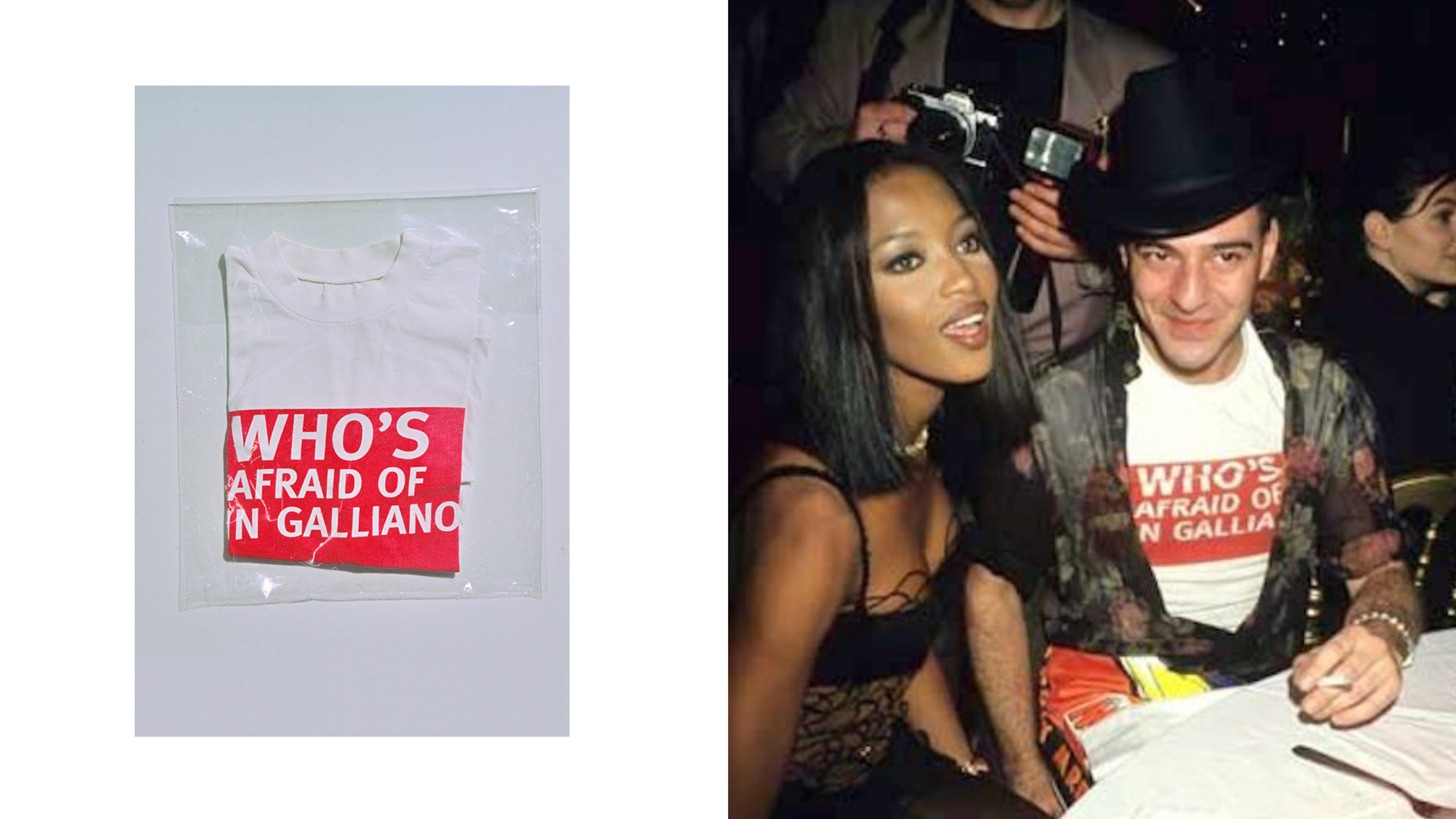
There are several stories that could be told about ModaLisboa, but one of the most relevant in terms of media coverage was Fátima Lopes herself parading in her tiny diamond bikini.
The History of Fashion in Portugal continues to be written every day, largely thanks to ModaLisboa.
Both due to its structure built on different presentation platforms, which encompass all the evolutionary stages of a Fashion designer:
- Sangue Novo – for students, final year Fashion Design degree students from different schools in the country and recent graduates;
- Workstation – an “artistic residency” model, in which designers who still need to mature their role in the Fashion system and consider creating their own brand;
- LAB – designers with their own young and evolving brand, who also have space for experimentation in this laboratory;
- The main catwalk – for established and renowned designers.
As for less tangible factors, such as emotions – the sense of community or gratitude, mentioned by several designers, in the documentary marking the 50th edition of ModaLisboa, including Luís Carvalho, Luís Buchinho, José António Tenente and Filipe Faísca.
Although the purpose of this study [master's dissertation] is to understand, in the most impartial way possible, the role played by the ModaLisboa Association in the Portuguese Fashion System, it is also important to understand that, as it is a non-profit organization, it fulfills a mission. The mission of promoting (and even continuing) Portuguese Fashion.
It is a complex project that requires solving a wide range of problems and can only be achieved through very intangible values, such as passion for the work being carried out.
Or, as a popular expression from the Portuguese language aptly translates it, “love for the shirt” (meaning a strong dedication to a project you love). The breadth of this perspective is completed by this testimony from Eduarda Abbondanza (in Pública, Coutinho, 2001), on the occasion of the 10th anniversary of the initiative she co-founded:
“The people who work at the ModaLisboa Association have managed to carry out this project over the course of ten years, sometimes without much funding. They have done free and voluntary work. Out of a great love for fashion. In defense of design and fashion in Portugal. Knowing that by creating this system of designers, an entire fashion system is growing, which is part of an evolved country, which creates opportunities for people. Because 20 years ago, if you had a talent for fashion, you either stayed sewing a few dresses for your friends or went abroad.”
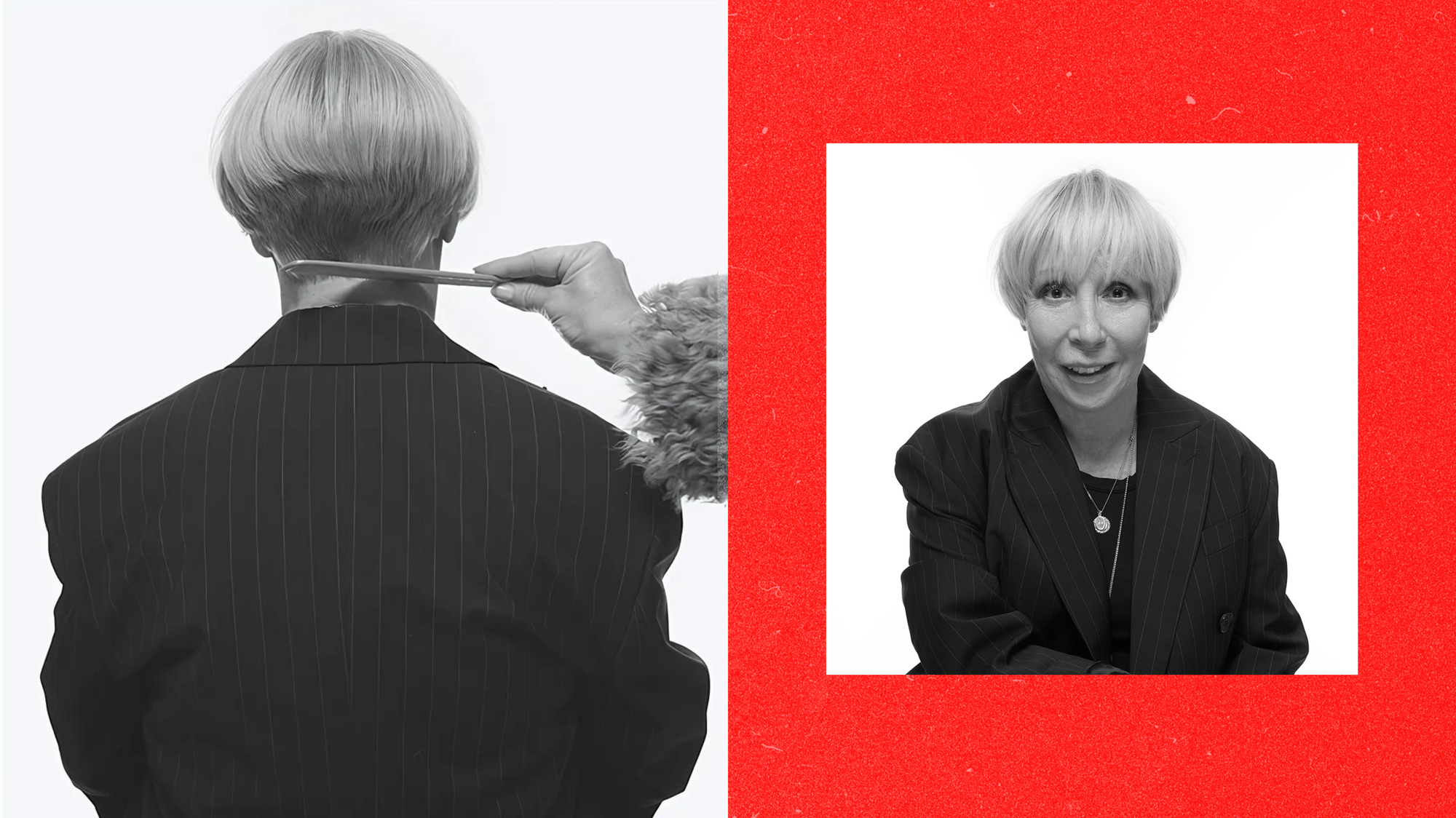
This quote will continue with two distinct themes: the passion for Fashion and the financial issue, more precisely financing.
Since the 10th anniversary of ModaLisboa is in the same context as the quote, it is worth revisiting the article by Paulo Gomes (2001). A professional who followed the first years of MLX side by side with its ‘fathers’, having been an integral part of the Creative Direction.
For Elle magazine, Gomes (“Mentes que Brilhantem”, 2001) states that everything at ModaLisboa is lived with intensity. Among his testimony, the portrait of the beginning, or rather — who started this project, stands out. Eduarda Abbondanza and Mário Matos Ribeiro were:
“like many of their colleagues — young designers looking for a place between small, overly experimental collections and innovative shows produced on a shoestring — they did not exactly live in the ideal conditions to reflect on the new spirituality.”
The aforementioned author (Gomes, 2001), who also mentions a visceral issue, which since the creation of the “zero edition” and until today, has been mentioned copiously by various authors, journalists, and reporters. We refer to the exception, which was that for decades, Ana Salazar, among other factors, was the only designer who at the beginning of the 1990s materialized systematization and discipline in her presentations.
Even though this may have been lacking, at the time, among the Baby Boomers of national fashion, what was not lacking was desire. The desire to make things move, to innovate, to prove that they had knowledge and ideas (Gomes, 2001).
The desire to put Portugal on the international fashion map was so overwhelming, on such a scale that it proves that Gen Z and their enormous desire to change the status quo is not something that is so tremendously disruptive. Here, in this rectangle at the edge of Europe, there was a generation that opened the door to Generation Z in fashion, giving them space for growth, experimentation and discovery.
Despite a dream being realized, being shown and growing, reality is not based on utopias.
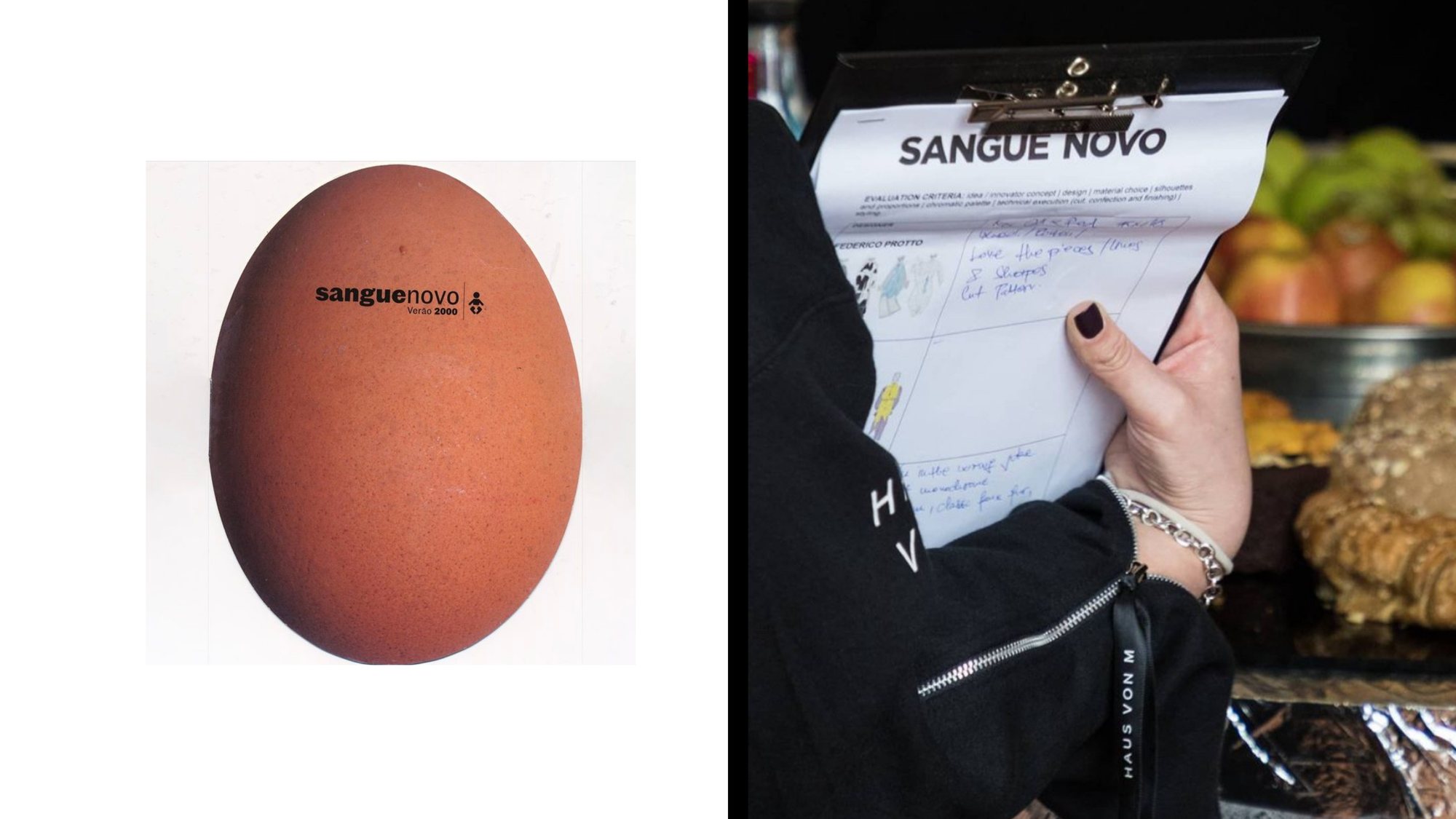
The organization of ModaLisboa renews itself, reinvents itself, and grows, without ever forgetting its core, and such processes can be seen as points in its favor. This is one of the conclusions that can be drawn from the statements made by Ligia Gonçalves - head of ModaLisboa's International Press Office (Hunter, 2023).
These statements, made in the context of the À la Carte edition, touch on an extremely important point - temporality in relation to History. In other words, although Lisbon Fashion Week has already been around for three decades - when compared to the Big Four, the omnipresent “Fashion capitals” - it is recent.
In addition to this contemplation and remembering the disruptive fact that should be well highlighted and even repeated - that ModaLisboa was the first organization to structure itself as an independent Fashion Week - we can add the visions of Hunter (2023) and Duveau (2023).
The first does not hesitate to state that ModaLisboa was effectively a pioneer in the decentralization of the Fashion market to capital cities, from a geographical point of view, beyond those that the Fashion system itself had already designated and established in an unquestionable manner.
For the collaborator of the digital platform Curated by Girls, ModaLisboa opened Pandora's box by declaring that Fashion is not just about clothes. It is a means of expression and individuality for each person, in a courageous and unreserved way, it is a catalyst for change, and the catwalk par excellence in terms of diversity and inclusion. Therefore, MLX is a trendsetter in the world of Fashion (Duveau, 2023).
For Lígia Gonçalves, the components that give body to the essence of Lisbon Fashion Week and the work of the Association as a whole are clear-sighted.
However, it does not give up on focusing its speech on an issue that demonstrates that ModaLisboa's actions in fact understand Fashion as a vast and comprehensive discipline.
An action capable of achieving this also has a positive impact on the preservation of national heritage and on encouraging micro-enterprises that work in artisanal activities.
As this member of the organization points out, the Portuguese tradition is rich in traditional know-how activities, such as basketry, linen, leather, wool, crochet, embroidery, natural dyeing, among others.
These activities often bring new life to the creativity of our independent designers.
Based on this premise, Gonçalves assures that one of the objectives of the entity to which he belongs is to contribute to the visibility and reinvention of such traditions and techniques. This is achieved by establishing a convergence between sustainability and the production of Portuguese materials and made in Portugal.
In this aforementioned essence, there was also always the desire. The desire to make known to the world the talent of those who, in addition to living in our country, were born to dedicate themselves to Fashion - with the main emphasis, from the outset, on the designers.
For many, ModaLisboa is synonymous with the only opportunity they have to regularly showcase their work.
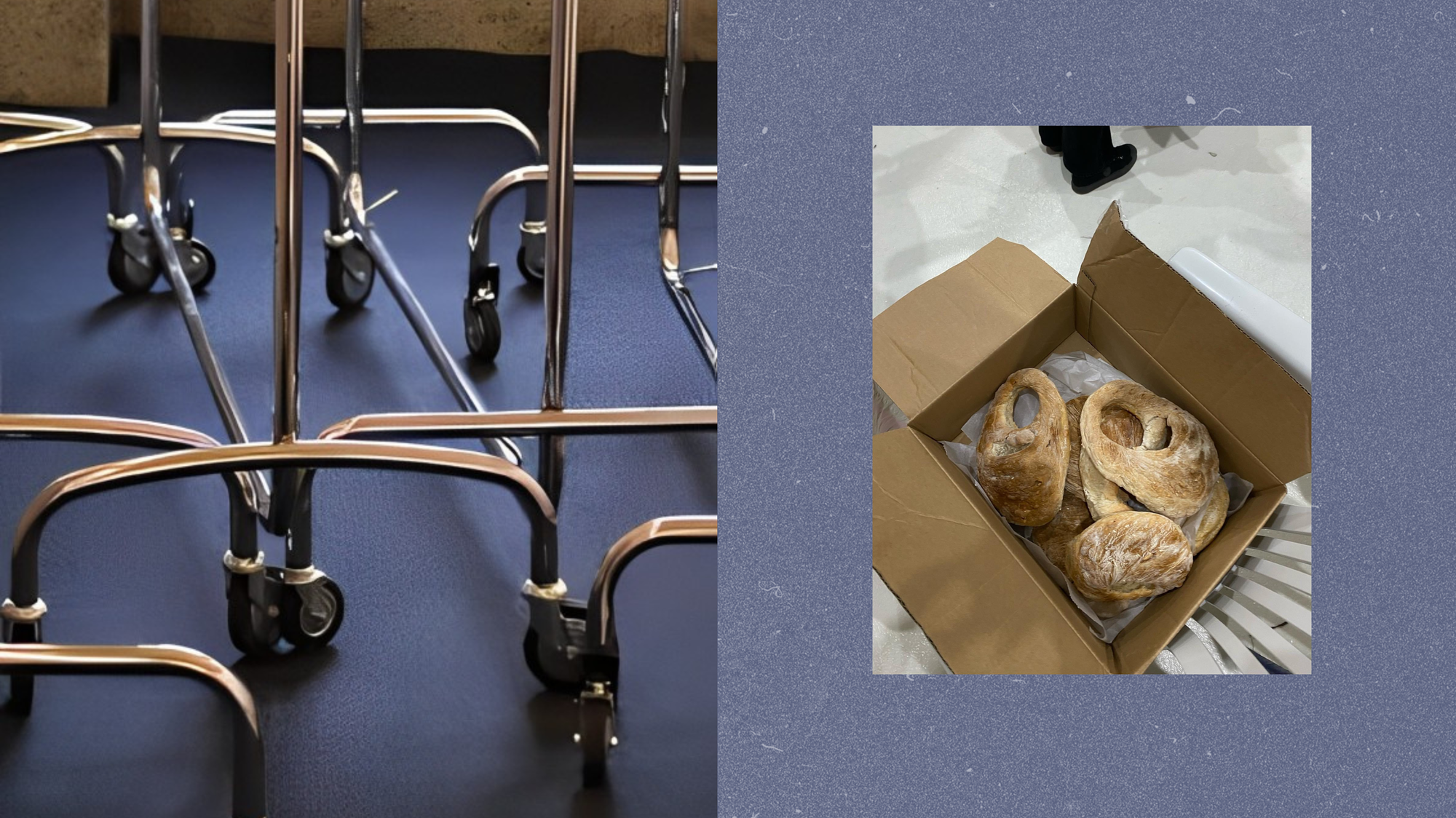
However, if the standards and the bar currently set are set at what can be considered very good conditions for designers, the incessant search to improve and increase them is the foundation for the continued development of Portuguese fashion, which has never been abandoned.
If we go back almost 33 years in time, it wasn't about quality, because you can't ask for quality from something that doesn't yet exist. The aim was to have minimum conditions, that the shows would have lighting suitable for what a fashion presentation is, that professional models would walk the catwalk. Basically, that it would be possible to have lighting, sound and a catwalk at low cost.
And so, after the pilot edition, in Jardim do Tabaco, during the city's festivities, the success was such that the Councilor for Tourism, Victor Costa, fulfilled the agreement with the Abbondanza/Matos Ribeiro duo, supporting this initiative that was, at the time, disruptive.
As the article in Elle magazine celebrating the first decade of MLX recalls, this agreement was fulfilled impeccably. Until 2007, when Lisbon City Council decided to end the support that had been granted. This decision would mark the beginning of the “ModaLisboa|Estoril” period. It would end during António Costa’s first term as Mayor of Lisbon.
At that time, the new partnership contracts between the MLX Association and Lisbon City Council would allow Fashion Week to return to its parent company. This new era would be marked by the umbilical relationship between ModaLisboa and Pátio da Galé, the location of Check Point, the edition of the return to the capital.
(To be continued...)
Part of the Master's dissertation in Fashion Design "The role of the ModaLisboa Association in the Portuguese Fashion System" by Vera Lúcia Mendes, March 2024.
